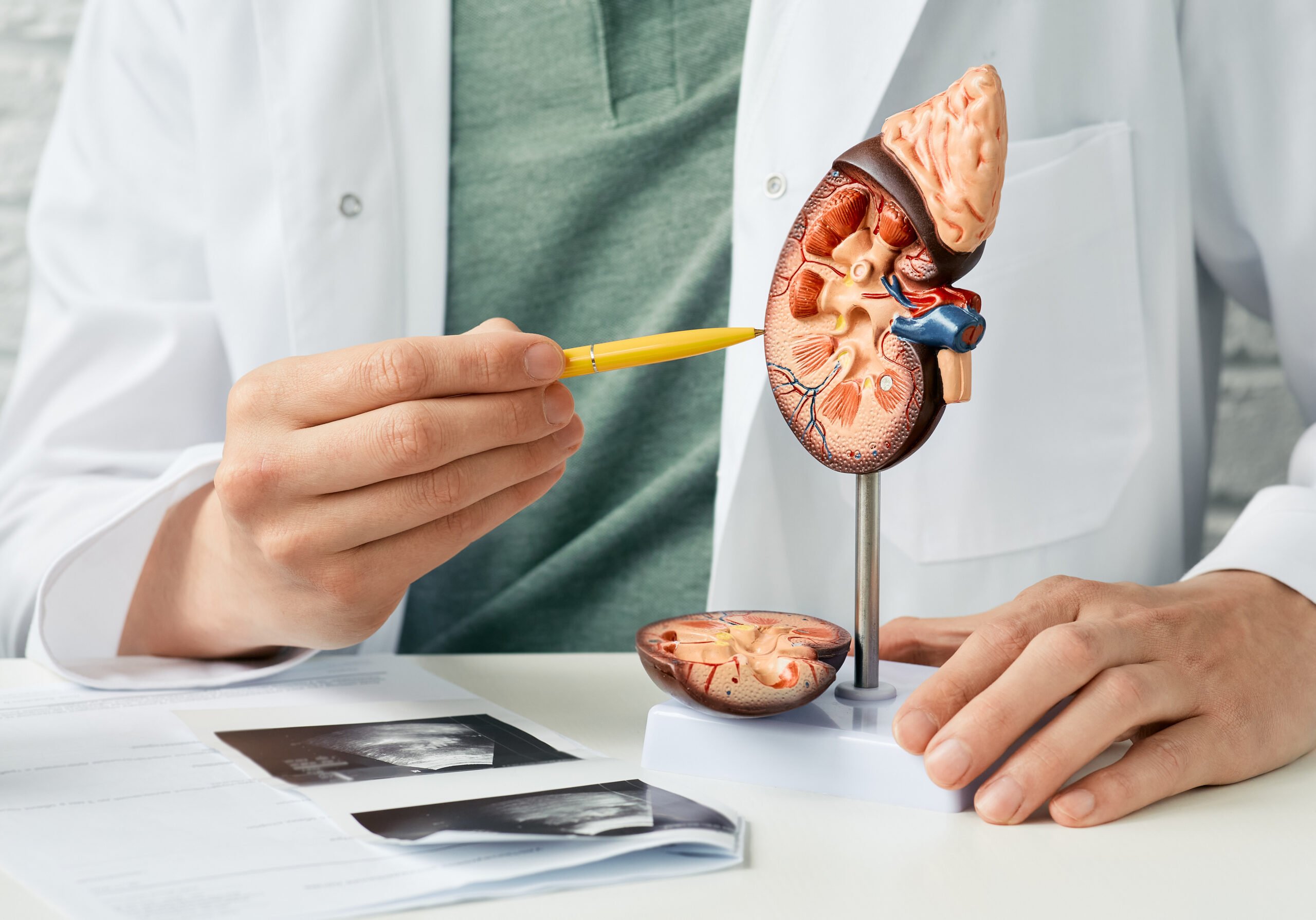The secret to protecting your kidneys if you have diabetes may be hiding in the proteins you’re overlooking—not just which ones you eat, but the exact building blocks inside them.
Quick Take
- Both animal and plant-based proteins, especially those high in leucine and lysine, may reduce diabetic kidney disease (DKD) risk.
- Eating a variety of protein sources supports better blood sugar control and kidney function in type 2 diabetes.
- Clinical guidelines urge moderation and balance over strict adherence to plant or animal protein alone.
- The debate over which protein source is best remains unresolved, but nuance and individuality are key.
Protein’s Critical Role in Diabetes and Kidney Health
Type 2 diabetes is now the leading driver behind chronic kidney disease and end-stage renal failure worldwide, and the foods patients choose can tilt the odds dramatically. For decades, high-protein diets were promoted for blood sugar control, but fears mounted that animal protein could accelerate kidney decline. Recent research, however, isn’t just tallying grams but zooming in on the amino acid makeup of each protein—especially leucine and lysine. These two amino acids, abundant in both lean meats and select plant foods, have emerged as potential protectors against DKD, suggesting that the real advantage may lie in diversity, not dogma.
Guideline committees like the KDOQI and the American Diabetes Association now recommend that people with diabetes focus on a moderate protein intake—about 0.8 grams per kilogram of ideal body weight per day—while also urging variety. Too much animal protein may still raise kidney risk, but plant proteins carry bonus fiber and micronutrients that support blood sugar and metabolic health. The bottom line: variety and moderation, not exclusion, is the new gold standard.
The New Evidence: Amino Acids as Unsung Heroes
Recent studies from Taiwan and other international teams have shifted the conversation from “plant vs. animal” to “what’s inside the protein?” Their data show that total protein intake, when sourced from a spectrum of foods rich in leucine and lysine, is linked to lower DKD risk in people with type 2 diabetes. These amino acids are not exclusive to one food group—leucine appears in eggs, dairy, lean meats, soy, and legumes, while lysine is plentiful in fish, poultry, beans, and lentils. The upshot: mixing your protein sources delivers a broader amino acid profile, which may offer the best shield for your kidneys.
Clinical dietitians like Annie Nguyen, M.A., RD, echo the importance of this balance. She points out that plant proteins often come bundled with fiber, antioxidants, and less saturated fat, all of which support metabolic health. However, patients with advanced kidney disease may still need to limit certain plant foods high in potassium or phosphorus, highlighting the need for individualized care. The evidence isn’t clear-cut—some studies suggest animal protein is riskier for kidneys, while others find that certain amino acids in both animal and plant proteins confer protection. For now, most experts agree: the best protein is the one that fits your individual health needs and preferences.
Guidelines in Flux: What the Experts Are Recommending Now
Major guideline updates in 2022 from the KDOQI underscored the uncertainty in the field. The committee stopped short of recommending plant protein over animal protein for everyone with diabetes and kidney disease, citing inconclusive evidence. Instead, they promoted a moderate intake with an emphasis on food variety and individualized assessment. Meanwhile, meta-analyses and international diabetes organizations continue to highlight the benefits of plant-based diets for reducing diabetes risk and improving glycemic control—while also acknowledging that the question isn’t fully settled.
This evolving consensus is changing patient care on the ground. Dietitians and nephrologists are moving away from one-size-fits-all rules and toward personalized nutrition plans. Patients are encouraged to include both lean animal proteins and nutrient-dense plant sources—beans, lentils, tofu, fish, eggs, skinless poultry—while watching portion sizes and overall balance. The real innovation lies in this personalized, practical approach, rather than in any single “superfood.”
What This Means for Patients, Providers, and the Food Industry
For people living with diabetes, the implications are immediate and profound. Adopting a balanced, protein-rich diet with attention to individual needs could slow kidney disease progression, improve blood sugar control, and boost quality of life. For healthcare providers, the new research underscores the importance of tailored nutrition counseling—one that considers not just the quantity, but the quality and diversity of proteins. The food industry is also taking note, ramping up production of plant-based protein products to meet rising demand and shifting guidelines.
Looking ahead, the debate over the “best” protein for diabetes and kidney health is far from settled. Ongoing studies are digging deeper into amino acid patterns and their impact on disease outcomes. But the most actionable takeaway for now is this: embrace variety, practice moderation, and work with your healthcare team to find the protein mix that matches your body’s unique needs. After all, the proteins you overlook today could be the ones that protect your health tomorrow.
Sources:
Amino acid patterns and kidney disease risk
Top plant-based proteins for managing blood sugar levels








